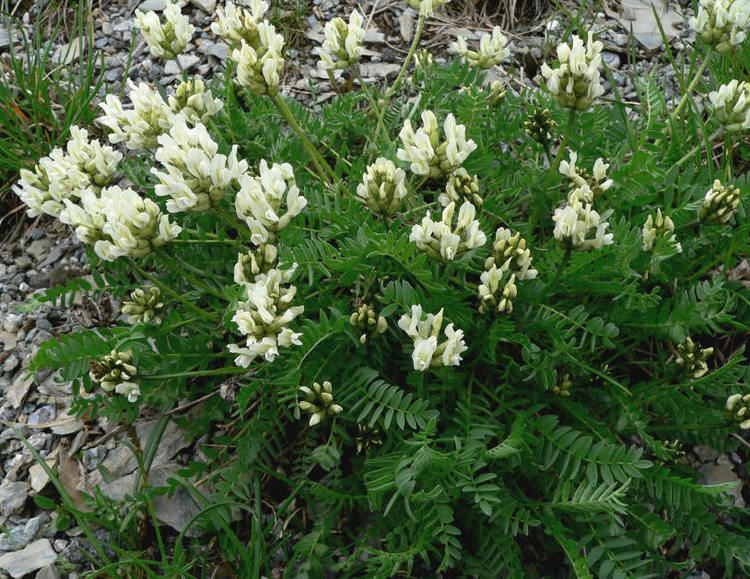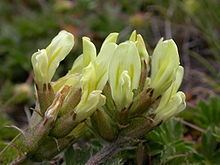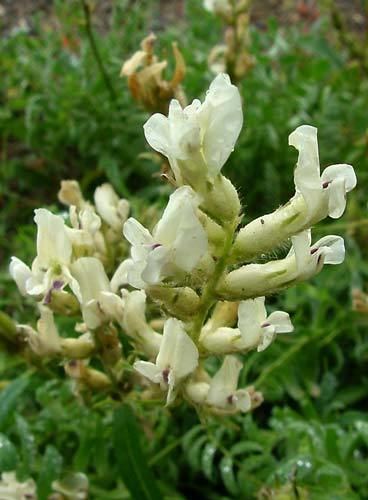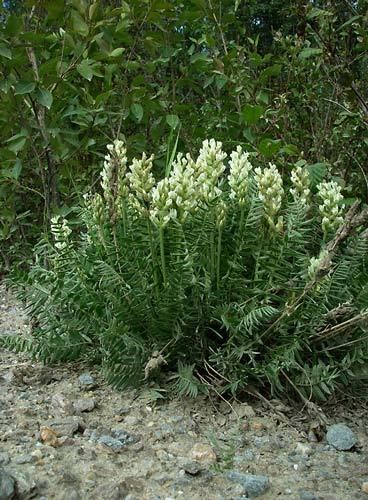Rank Species | Genus Oxytropis Higher classification Oxytropis | |
 | ||
Similar Oxytropis, Legumes, Oxytropis halleri, Astragalus alpinus, Oxytropis sericea | ||
Oxytropis campestris, the field locoweed, is a plant native to the Northwestern United States and all Canada, sometimes grown as an ornamental plant.
Contents

It is found in prairies, woods, and meadows, and prefers gravelly and rocky slopes, where it grows most abundantly. The plant has numerous variants.

Description

Oxytropis campestris blooms flowers from May to July. These are racemes that are capitate or oblong, 4 to 15 cm in length. The plants have 8 to 32 flowers that rise from a scape. The actual flowers have five lobes and form a calyx tube. They are of a cream to yellowish color, but sometimes of pink, blue, or purple, with hairs that are usually black. The keel petals are pointed, and often have purple blotches.

The plant also produces fruit which matures from July to September. These are legumes which are oblong-ovate 1.5 to 2 cm in length. They are mostly sessile and dehiscent from the tip. The fruit has membranous and contains many seeds.

The plant grows perennially, with an acaulescent forb reaching 20 to 50 cm in height and has a taproot.

Leaves grow alternately in a pinnate fashion and are usually 8 to 40 cm long. The leaves are dimorphic, with primary leaves short ovate leaflets, and secondary leaves with 11 to 33 leaflets. These secondary leaflets are 1 to 2.5 cm long.
Toxicity

The Oxytropis campestris plant is poisonous and may cause loco disease in livestock. From this it derives the common name field locoweed or some other variations. It is therefore worthless as food and is consumed only when other forage is not available.
Conservation
Though this plant is common in general, one variety, var. chartacea, is a rare taxon limited to two counties in the state of Wisconsin. It is federally listed as a threatened species of the United States.
